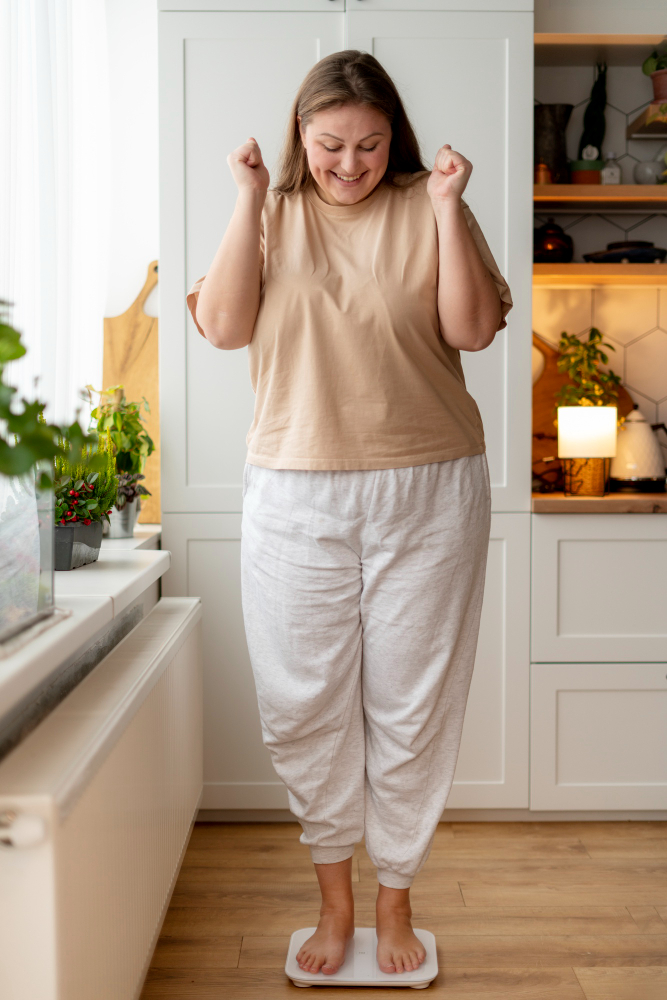4-Week Walking Program for Losing Weight
The beautiful thing about walking is that it has a low entry requirement; all you need to start is a pair of sneakers and some motivation. Researchers discovered that moderate-intensity walking exhibited a comparably observable reduction in risk for high cholesterol, high blood pressure, heart disease, and diabetes when compared to vigorous-intensity running, in addition to helping to improve mood levels.
According to Lindsey Clayton, co-founder of Brave Body Project and a run coach based in New York City, “Walking may not seem like a glamorous type of training, but something is always better than nothing.” “Adding in 10-, 20-, or 30-minute sessions will help if you regularly skip the gym and your sole exercise is strolling from your house to your car and back.”
This 4-week strategy which will help you burn 200–300 calories per session is here to get you started. weight loss (Please note that calorie burn is only a rough estimate; actual results will depend on factors like body type, the intensity of effort, etc. The use of a heart rate monitor or other tracking equipment may be beneficial for a more accurate reading.)

YOUR AIM
At the end of the month, you ought to feel at ease extending the walks’ length, mileage, and speed. Each of these walks ought to burn about 200–300 calories. Once you’ve mastered the plan, you can also discover methods to make it harder, like increasing weights.
These are some ways to achieve your aim and objectives:
STRETCHING
You may help your body get ready for the impending exertion by improving blood flow to your muscles, and by integrating quick, dynamic stretches into your pre-walk routine (Clayton suggests knee pulls to the chest, butt kicks without hopping, and lateral leg swings for starters).
STRONG PACE
By quickening the speed, your heart rate and intensity will naturally rise. This workout should begin with a 5-minute warm-up to get your body moving (3 out of 10 RPE), followed by 20 minutes of effort and a 5-minute cool-down.
You should be able to talk but your breathing will be rapid for the first four minutes while you walk steadily and quickly (intensity: 5 out of 10 RPE).
Move at a steady, vigorous pace for 4 minutes (intensity: 7 out of 10; you should be able to answer short, brief questions, not carry on a full conversation). In two minutes, as quickly as possible, you shouldn’t be able to engage in dialogue.
STEADY-STATE
This workout begins with a 5-minute warm-up to get your heart rate up (3 out of 10 intensity), then 30 minutes of exertion and a 5-minute cool-down. You should be able to carry on brief discussions and walk at an intensity level of between 6 and 7 during your steady state stroll. This walk will become less difficult as the month goes on.
STRENGTH BUILDING
You may integrate strength-building exercises such as lunges, squats, planks, and pushups into your regimen using nothing more than your bodyweight, dumbbells, resistance bands, or other gym equipment of your choice.

INCLINE
It is simpler when there is an available treadmill to get a specific incline, you just need to set it and start climbing. But you should also try this one outside. Look around your neighborhood for a slope that will take three minutes or less to climb. Walking up the hill at the 7th-intensity level. Going down the hill, return to the starting point at the 5th intensity level. During your workout for the day, you should be able to go through this cycle at least four times.
Nevertheless, allowing this program to meet you where you are is crucial. It’s acceptable if it seems hard to complete a walk in 30 minutes on the first day. Start slowly and progress to a higher level if you become tired easily. Start with 5 minutes the first day, then 10 minutes the next, and gradually increase the duration from there, advises Clayton. Your walking routine will benefit greatly from small additions and tweaks.
If however, it seems easy, add weights to the exercise to increase the resistance. Before increasing the intensity of any workout, whether it be the walk itself or the strength-training exercises, be sure you have the fundamentals down.










